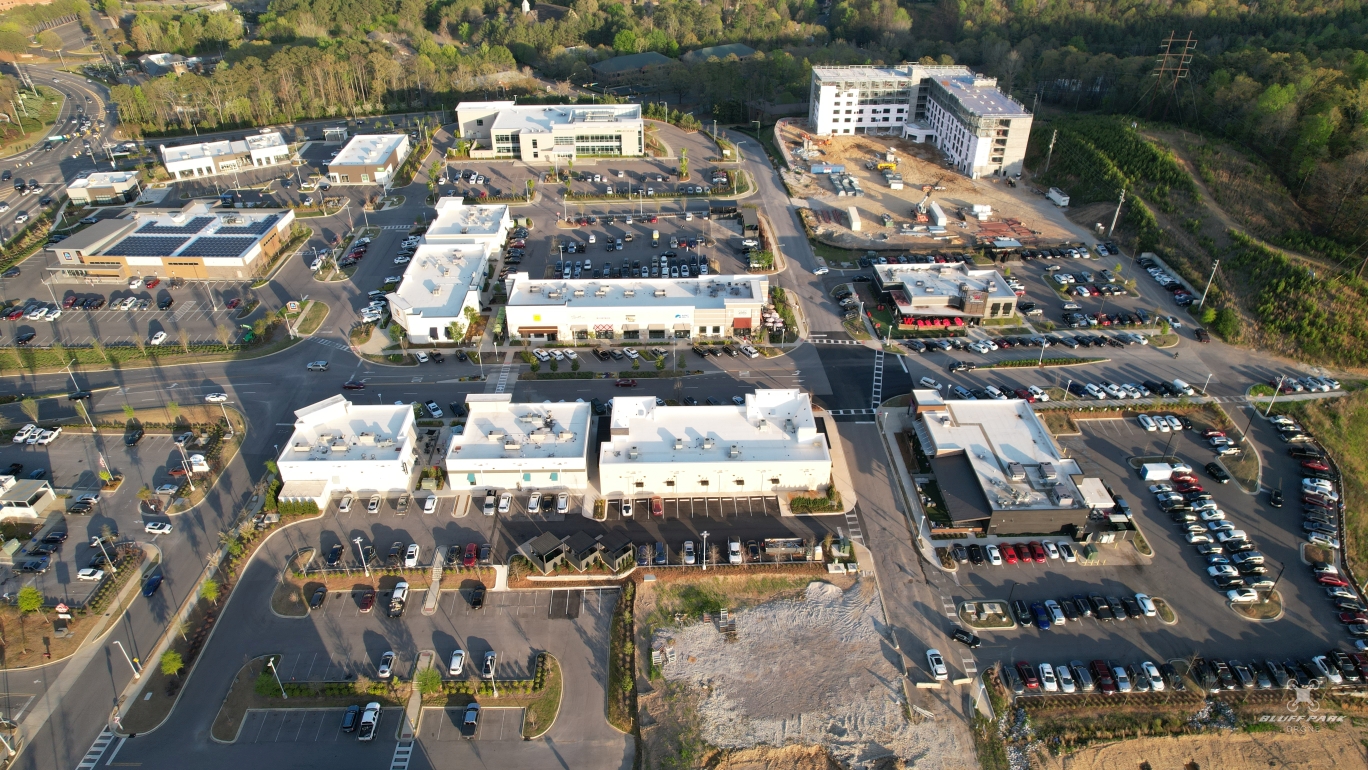It would be fair to say that the controversy between Hoover Mayor Frank Brocato, Hoover Council President John Lyda and Stadium Trace Village developer Will Kadish was made public at the April 1, 2024 Hoover City Council meeting.
But no matter what side you’re on, there is no debate that you cannot be a pro-Hoover City Schools (HCS) advocate and be against Stadium Trace Village Phase 2.

You also cannot be in favor of fixing the storm water runoff issues that the City of Hoover has had and be against Stadium Trace Village Phase 2.
Let’s look at each item one at a time.
School Funding
Hoover City Schools receives funding from various sources – Federal, State, and Local. The majority of the funding is local, and it comes from ad valorem taxes (property taxes).
The budget for Hoover City Schools for 2024-2025 is $258 Million. Of that $5 Million comes from a contribution from the City of Hoover. Remember that number.
Hoover City Schools spends approximately $15,357 per student annually, based on total expenditures for the district. This includes instructional costs, student and staff support, administration, operations, and other expenses. Remember that number.
Stadium Trace Village Phase 1 was completed in 2019. It’s at 100% occupancy.
The proposed Stadium Trace Village Phase 2 consists of 65 acres of land that is currently undeveloped. It generates $12,000 per year in ad valorem taxes, of which approximately $7,000 goes to Hoover City Schools. That’s less than half of what it costs to fund ONE STUDENT per year.
Once developed, Stadium Trace Village Phase 2 will generate from $1-2.5 million in ad valorem taxes for Hoover City Schools each year. That’s half of the city’s yearly contribution.
Storm Water Runoff
One of the developments that has been severely impacted by storm water runoff due to construction issues is Scout Creek in Trace Crossings. Stadium Trace Village Phase 2 would also add $2.25 million stormwater drainage system along Scout Creek and constructed wetlands just above Scout Creek to filter sediment and improve water quality for the lakes in Trace Crossings, paid for by the developer.
The Bottom Line
As the Stadium Trace Village Phase 2 project stands at a crossroads, the evidence speaks clearly.
Supporting Hoover’s educational excellence requires sustainable funding sources beyond the city’s direct contribution.
With Phase 2 poised to generate up to half of what the city currently contributes to our schools annually, this represents an investment in our children’s future that cannot be overlooked.
Similarly, the developer-funded stormwater solutions would address longstanding environmental concerns that have plagued nearby neighborhoods. In a time when empty storefronts dot our landscape, we have before us a fully-occupied success story ready for expansion.
The choice before Hoover isn’t simply about a development project—it’s about our commitment to educational excellence, environmental responsibility, and economic vitality. For Hoover to continue thriving as one of Alabama’s premier communities, we must embrace opportunities that align with these core values rather than allowing them to slip away.